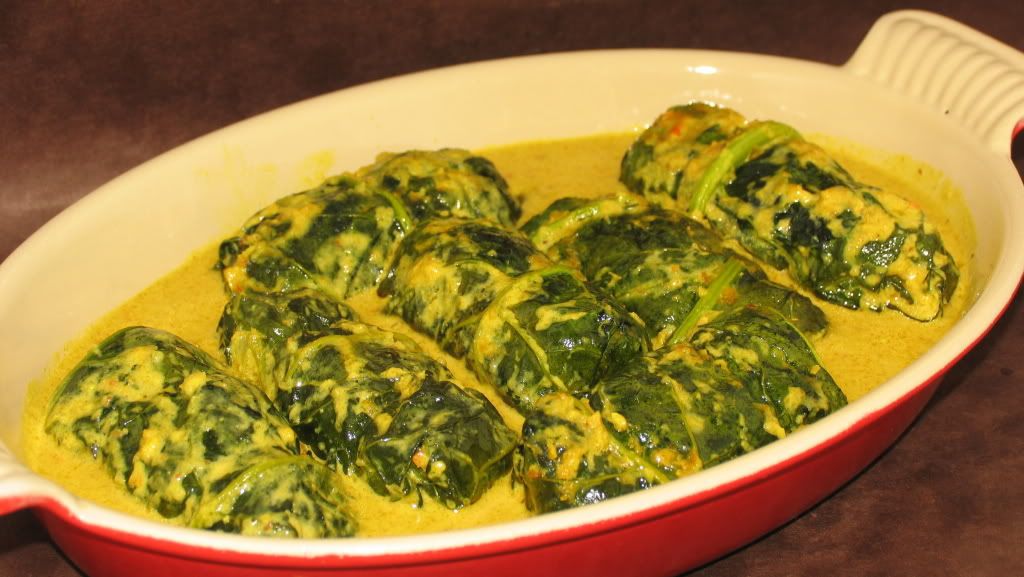 Undoubtedly one of the highlights of any trip to Indonesia is the food. You will enjoy a culinary journey when you incorporate the exotic dining experiences that Indonesia can offer you, when you plan your next trip. And there is no need to worry about health concerns either as the food is prepared in hygienic conditions, at most places, as long as you use a bit of common sense. Naturally, you should always have the best travel insurance you can afford to take care of life's little uncertainties.
Undoubtedly one of the highlights of any trip to Indonesia is the food. You will enjoy a culinary journey when you incorporate the exotic dining experiences that Indonesia can offer you, when you plan your next trip. And there is no need to worry about health concerns either as the food is prepared in hygienic conditions, at most places, as long as you use a bit of common sense. Naturally, you should always have the best travel insurance you can afford to take care of life's little uncertainties.In a country with a population of over 200 million there are obviously a huge number of eating experiences that you could enjoy. So it is extremely difficult to narrow down a list of restaurants all meals that you should include in your itinerary. Nevertheless there are at least five particular dishes that you should experience when it comes to the cuisine of Indonesia.
- Satay. The Satay is probably the best-known Indonesian dish in the world, but one variation that may have escaped your attention is Satay Ponorgo. This is an East Java dish originating in the town of Ponorgo and is made from marinated chicken meat served with a sauce made from peanuts and chilli. This dish is unique however in that each skewer contains a whole chicken's meat, not just a few slices, so it is a rather filling dish! This is a traditional recipe calls for it to be marinated in its special sauce for long periods of time before cooking. It is traditionally cooked in a specially designed earthenware pot roasted over hot coals.
- Gado Gado. This is a basic vegetable dish made from cooked and raw vegetables in a coconut milk and peanut sauce. You will find this dish in almost every restaurant as well as many street vendors, where the peanut sauce is made fresh for each dish. This makes Gado-Gado more special word is served in Indonesia as opposed to the restaurants back home, where the sauces are prepared in advance.
- Rujak. This dish is widely regarded as Indonesia's national salad dish. Consisting of pineapples, bananas, green apples and cucumber, it is then dressed with chilli powder and dark soy sauce with a little brown sugar and a splash of lime juice and is absolutely delicious and refreshing. It's something you don't see very often outside of Indonesia so make sure you give it a try.
- Nasi goreng. This is the famous fried rice dish that is served around the world, and is a simple combination of rice, dark soy sauce, chilli powder, onions, garlic, and brown sugar with seasoning. Serve it as an accompaniment to many dishes this makes a complete Indonesian experience out of any meal.
- Sarikayo Telor. For a desert with a difference this Indonesian specialty is a steamed egg and coconut milk concoction flavoured with vanilla for the perfect end to any Indonesian meal.
The best advice you could receive would be to simply let yourself go and experience the full local cuisine of Indonesia and to never turned down the chance to eat with a local family where you are assured of being treated to something really special. Whilst hygiene levels can vary from place to place just use your common sense with the proviso that a good holiday insurance package should always be part of your plan.


